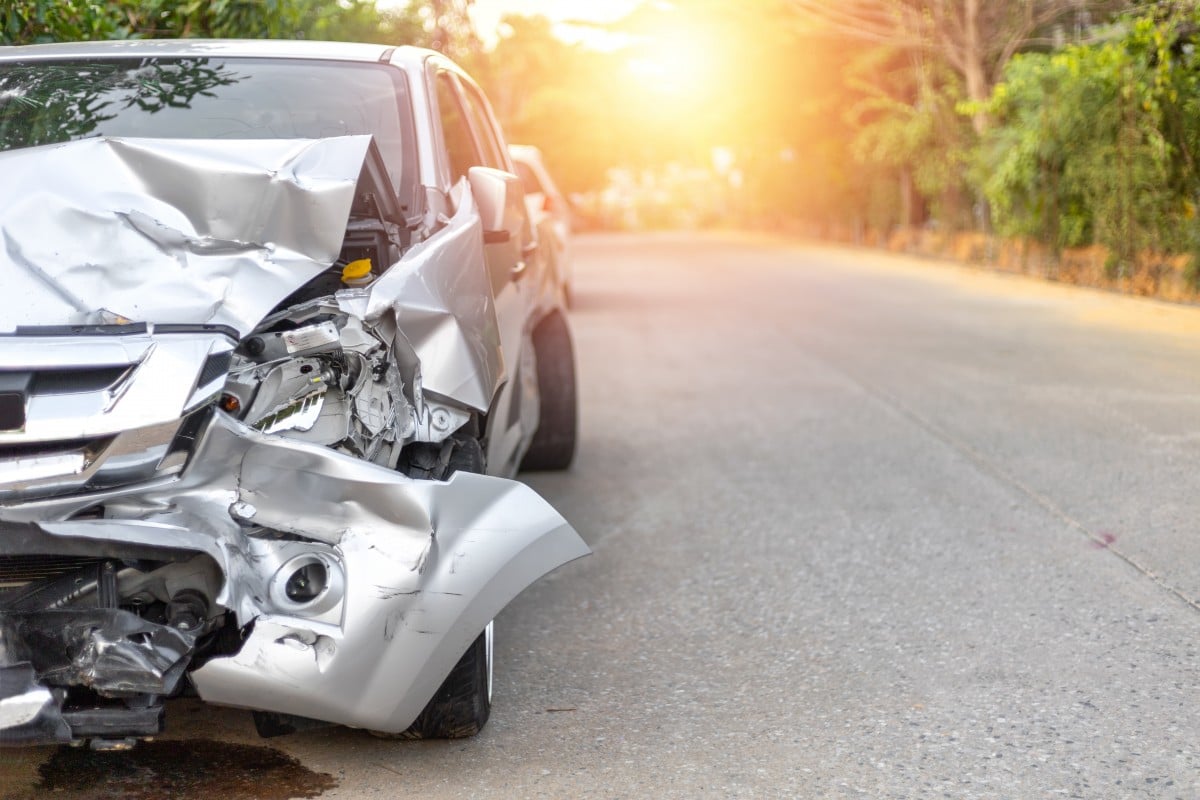Sometimes, a car accident is undeniably a single driver’s fault, like when you’re driving down the road, minding your business, when an intoxicated driver comes swerving around behind you and plows into the back of your vehicle.
But for every accident that is clearly one person’s fault, there are plenty where multiple people might each be partly responsible.
You might be entitled to file a personal injury claim if you’re injured after your accident. But can you still claim if you’re partly at fault?
The answer to this question largely depends on where you are.
What Is Shared Liability?
Shared liability is when more than one party is responsible for a car accident. Essentially, the liability (or fault) is shared, with each party assigned a percentage. For example, between two parties, the fault may be split 70/30. Between four parties, it may be split 15/20/30/35.
Any individual or company can share liability in a car accident, such as another driver, a pedestrian, a motorcyclist, a bicyclist, or a third-party company like a manufacturer, employer, or contractor.
Each state in the US has its own laws on shared liability (called negligence laws), and these determine how much compensation you can recover in a claim — or even if you can claim at all.
Negligence laws fall into the following categories:
- Contributory negligence
- Pure comparative negligence
- Modified comparative negligence
- Slight/gross comparative negligence.
Contributory Negligence
Contributory negligence is the strictest of all the shared liability laws. In states with this law, car accident victims cannot claim compensation if they are even slightly responsible for the crash.
You can be just 1% at fault, but you won’t be able to claim because you contributed to the accident. Perhaps you are looking at your phone at a stop light and don’t immediately see the light go green. A vehicle behind you approaches at full speed, assuming you will accelerate, and they crash into the back of your car, causing you to sustain a head injury. Your injury could have a long-term impact and require extensive, ongoing medical treatment, and you may not be able to work again. Still, because you weren’t paying full attention to the road, you can’t recover your expenses from the other driver.
Contributory negligence laws apply in just five states:
- Alabama
- District of Columbia
- Maryland
- North Carolina
Pure Comparative Negligence
If contributory negligence is the most rigid of the negligence laws, pure comparative is the most flexible.

Pure comparative negligence laws allow car accident victims to recover compensation regardless of their level of fault. You can be 20% at fault or 70% responsible, and providing you can meet the basis for filing a personal injury claim — that the other party owed you a duty of care and breached it through negligence or recklessness — you can recover compensation.
However, your level of fault will impact how much compensation you receive.
For example, if you suffer $200,000 in damages, but are 80% liable for your car accident, you can recover the remaining 20% — or $40,000.
Pure comparative negligence laws apply in the following 12 states:
- Alaska
- Arizona
- California
- Florida
- Kentucky
- Louisiana
- Mississippi
- Missouri
- New Mexico
- New York
- Rhode Island
If you’re in an accident in one of these states and there’s only one other responsible party involved, determining compensation is fairly straightforward. But in multi-vehicle crashes, where four, five, or more parties may each be partly responsible, claims can quickly get complex.
This is why many states adopt a modified version of this negligence law.
Modified Comparative Negligence
This negligence law is identical to comparative negligence, except that the level of fault is capped. If your shared liability exceeds the cap, you cannot claim compensation. If you can claim, your compensation is reduced by your percentage of fault.
Thirty-three states have modified comparative negligence laws, but the fault cap varies by state. Another 11 states — including Georgia, Kansas, and Utah — adopt the 50% rule, where you must be less than 50% at fault to claim. And 22 states, such as Iowa, South Carolina, and Texas, have a 51% rule, where you cannot claim if you are 51% or more responsible.
This means if you are 50% responsible for your car accident, you would not be able to claim compensation if the accident happened in Georgia. However, you would be able to claim in Texas.
Gross/Slight Comparative Negligence
One final state doesn’t fit into the above three categories. South Dakota’s negligence law is called gross/slight comparative negligence. Instead of assigning a percentage of fault, South Dakota determines whether one party’s negligence was “gross” and another’s was “slight”. For an individual to recover compensation, there must be a clear distinction between the two.
These vague definitions mean that two similar cases can have completely different outcomes.
With all negligence laws, there are exceptions depending on where you live and the specifics of your case. It’s well worth hiring a personal injury lawyer to discover whether you can claim.
An attorney can also help gather evidence that proves the other party was at fault and prevent them from ascribing more fault to you than is fair. This is key if you’re in a pure comparative or modified comparative state, as the less liability you share, the more compensation you’ll keep.




